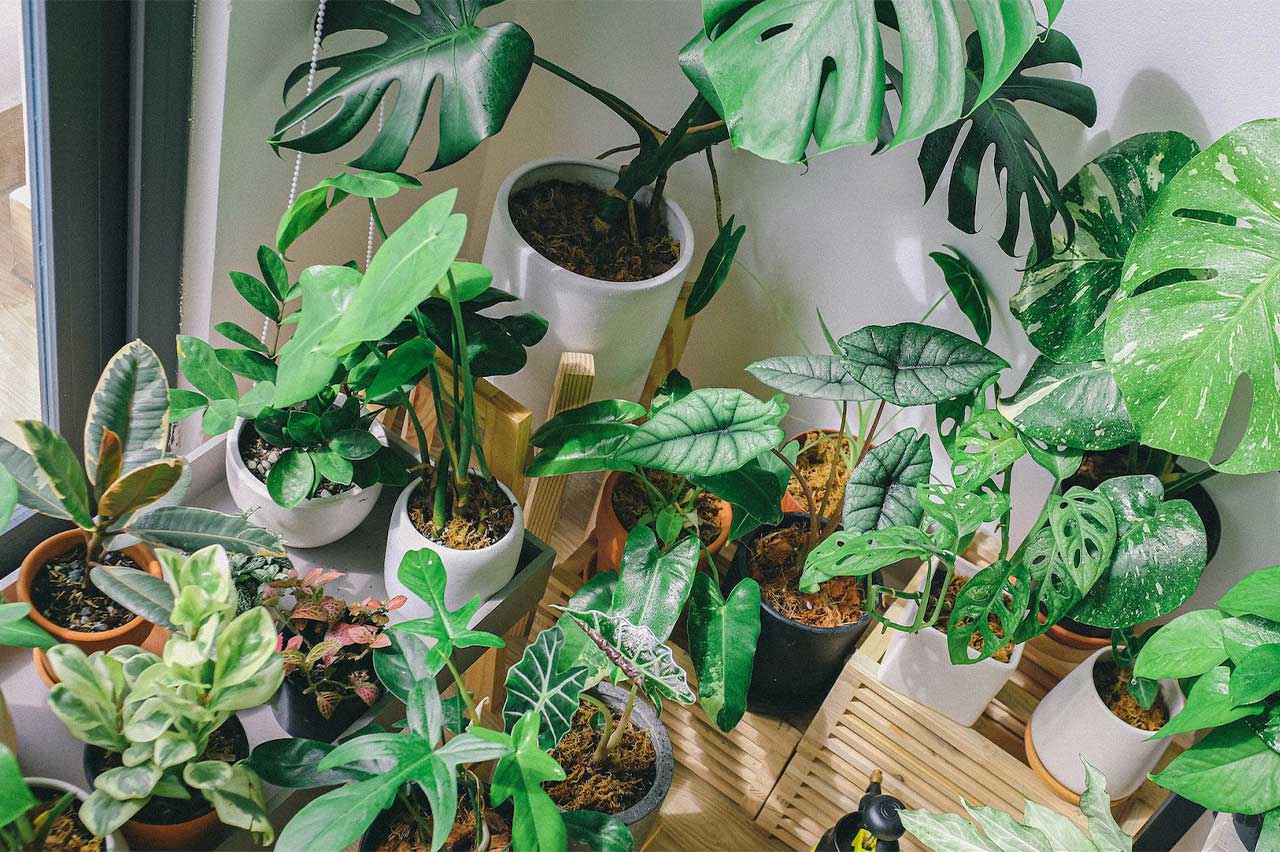Greenery is not only a popular trend in home décor but also a valuable addition to classrooms and home offices. Beyond their aesthetic appeal, plants can play a crucial role in enhancing the air quality within your classroom. According to a NASA experiment highlighted in TIME magazine, indoor plants possess the remarkable ability to cleanse the air of harmful volatile organic compounds (VOCs) like formaldehyde and benzene, known to have carcinogenic properties. While a few plants alone may not drastically alter the air quality, considering the often old, moldy, and windowless buildings where many of us teach, incorporating air-purifying plants can certainly bring about positive changes.
You might be surprised to learn that you can easily order live plants, including air-purifying varieties, right to your doorstep through Amazon, making it convenient to enrich your classroom environment. To maximize the air-cleaning benefits of plants, it is recommended to have multiple species in the room, as different plants have varying capacities to remove different types of toxins from the air.
Here are four top-notch air-purifying plants that are not only perfect for the classroom but are also incredibly low-maintenance:
- Split Leaf Philodendron If you prefer a hassle-free option, consider getting a potted Split Leaf Philodendron delivered right to your shelf. According to The Bloom Box Club, this plant not only improves air quality but also induces feelings of calmness and alertness, while effectively trapping dust.
- Aloe Known for its beneficial effects on the skin, aloe gel contains vitamins, minerals, amino acids, and antioxidants. However, it is lesser-known that aloe acts as an air purifier, effectively removing VOCs from the air, absorbing carbon dioxide, and releasing abundant oxygen, as mentioned by homedetoxing.com.
- Snake Plant The resilient and nearly indestructible Snake Plant is a great addition to any classroom. According to Healthline.com, apart from filtering indoor air like most plants, it uniquely converts carbon dioxide (CO2) into oxygen during the night, tirelessly working to purify the classroom air round-the-clock.
- Golden Pothos Ivy Thriving in low light conditions, Golden Pothos Ivy is an ideal choice for windowless classrooms. As suggested by Maggie Holland, author of “11 House Plants with Health Benefits,” this ivy variety effectively purifies the air by eliminating formaldehyde, benzene, carbon monoxide, and even odors.
Bonus: Peace Lily Peace Lilies are highly recommended for classrooms or offices lacking windows. Renowned for their air-purifying properties, these plants can remove harmful toxins such as ammonia, formaldehyde, benzene, and richloroethylene while also helping to increase humidity levels in dry environments.
In conclusion, incorporating air-purifying plants into your classroom can greatly improve the air quality and create a more conducive and healthy learning environment. With the added benefits of easy maintenance and the convenience of online shopping, there’s no reason not to introduce these green companions to your educational space. So, go ahead and bring the goodness of nature indoors for a better and fresher learning experience!
FAQs:
- Can air-purifying plants really improve the air quality in a classroom? Absolutely! Air-purifying plants have been scientifically proven to enhance indoor air quality by removing harmful pollutants and toxins. According to the NASA experiment mentioned in TIME magazine, certain indoor plants, such as the ones listed in this article, can effectively scrub the air of cancer-causing volatile organic compounds (VOCs) like formaldehyde and benzene. While a few plants alone may not bring drastic changes, having multiple species in the classroom can cumulatively contribute to better air purification.
- Are these air-purifying plants difficult to maintain, especially in a busy classroom setting? Not at all! One of the remarkable features of the air-purifying plants mentioned in this article is their ease of maintenance. Many of them, such as the Snake Plant and Golden Pothos Ivy, are known for their resilience and ability to thrive in low-light conditions. These plants generally require minimal watering and can tolerate occasional neglect, making them perfect for busy classrooms. With basic care like watering when needed and occasional pruning, these plants can flourish and continue to purify the air without much effort.
- Can air-purifying plants positively impact the learning environment for students? Definitely! Beyond their air-purifying abilities, these plants offer additional benefits that can positively impact the classroom atmosphere. Studies have shown that the presence of greenery can reduce stress, promote feelings of calmness, and enhance overall well-being. Having plants in the learning environment may also improve concentration and productivity among students. Moreover, the aesthetic appeal of lush green plants can create a more inviting and pleasant ambiance, potentially boosting students’ engagement and enthusiasm for learning.

Leave a Reply